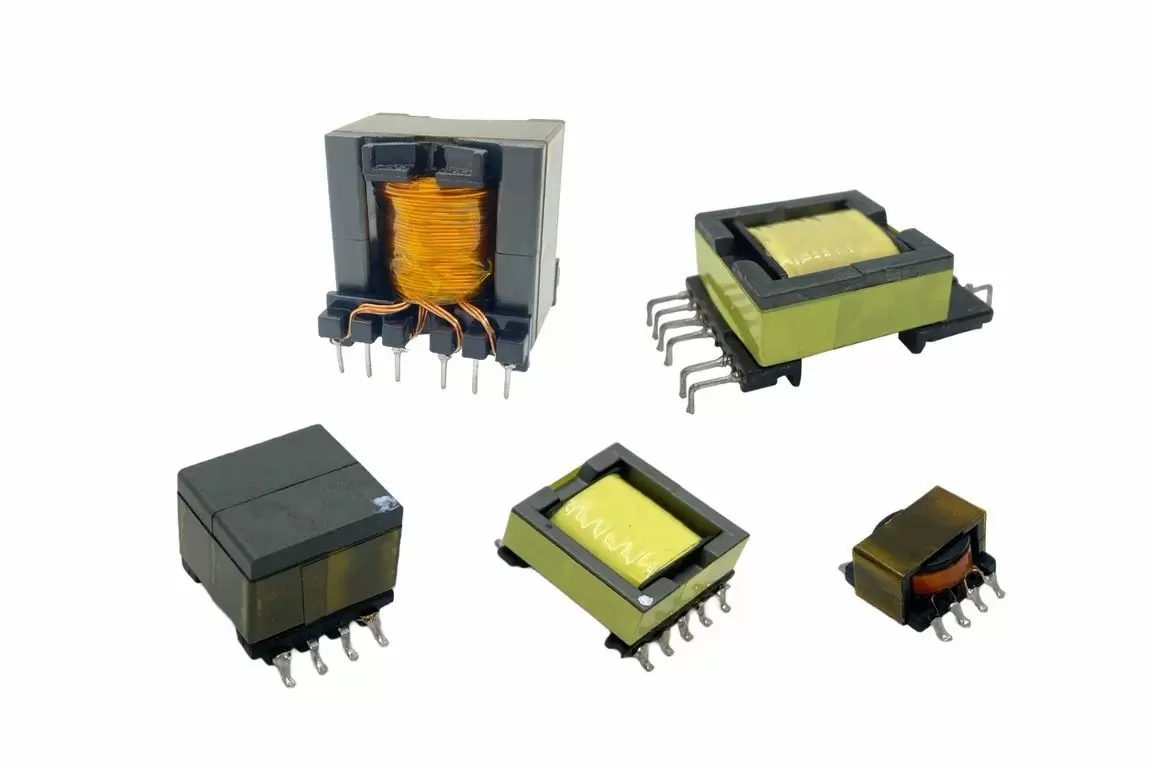Transformers are an integral part of modern electrical systems, playing a crucial role in power transmission and distribution. These versatile devices serve multiple functions, enabling efficient energy transfer and voltage regulation. In this blog post, we will delve into the intricacies of transformers and explore their five key functions, shedding light on their significance in various industries.
- Voltage Transformation:
One of the primary functions of a transformer is voltage transformation. By utilizing electromagnetic induction, transformers can step up or step down the input voltage to meet specific requirements. This function is vital in power transmission, where high voltages are necessary for long-distance transportation, and in electrical appliances, where lower voltages are required for safe usage. - Power Distribution:
Transformers facilitate power distribution by ensuring that electricity is delivered to end-users at appropriate voltage levels. Substation transformers play a crucial role in stepping down high-voltage electricity from transmission lines to lower voltages suitable for residential, commercial, and industrial use. This function enables safe and efficient power consumption across diverse applications. - Impedance Matching:
Impedance matching is another essential function of transformers, particularly in electronic circuits and audio systems. By adjusting the turns ratio, transformers can match the impedance between the source and the load, maximizing power transfer efficiency. This function ensures optimal performance and minimizes signal distortion, making transformers indispensable in audio amplification and signal processing applications. - Isolation:
Transformers provide electrical isolation between the input and output circuits, safeguarding equipment and individuals from potential hazards. Isolation transformers are commonly used in medical facilities, laboratories, and sensitive electronic systems. This function protects against electrical noise, voltage spikes, and ground potential differences, ensuring the safety and integrity of connected devices. - Power Quality Enhancement:
Transformers contribute significantly to enhancing power quality by regulating voltage levels and minimizing voltage fluctuations. Voltage regulators, a type of transformer, stabilize the output voltage, compensating for variations in the input voltage. This function is crucial in industries where consistent and reliable power supply is essential, such as manufacturing, data centers, and critical infrastructure.
Conclusion:
Transformers are the unsung heroes of the electrical world, performing a multitude of functions that are vital for efficient power transmission, distribution, and utilization. From voltage transformation and power distribution to impedance matching, isolation, and power quality enhancement, transformers play a pivotal role in various industries. Understanding these functions is crucial for engineers, technicians, and anyone involved in the design, operation, and maintenance of electrical systems. By harnessing the power of transformers, we can ensure reliable and sustainable energy delivery for a wide range of applications.


